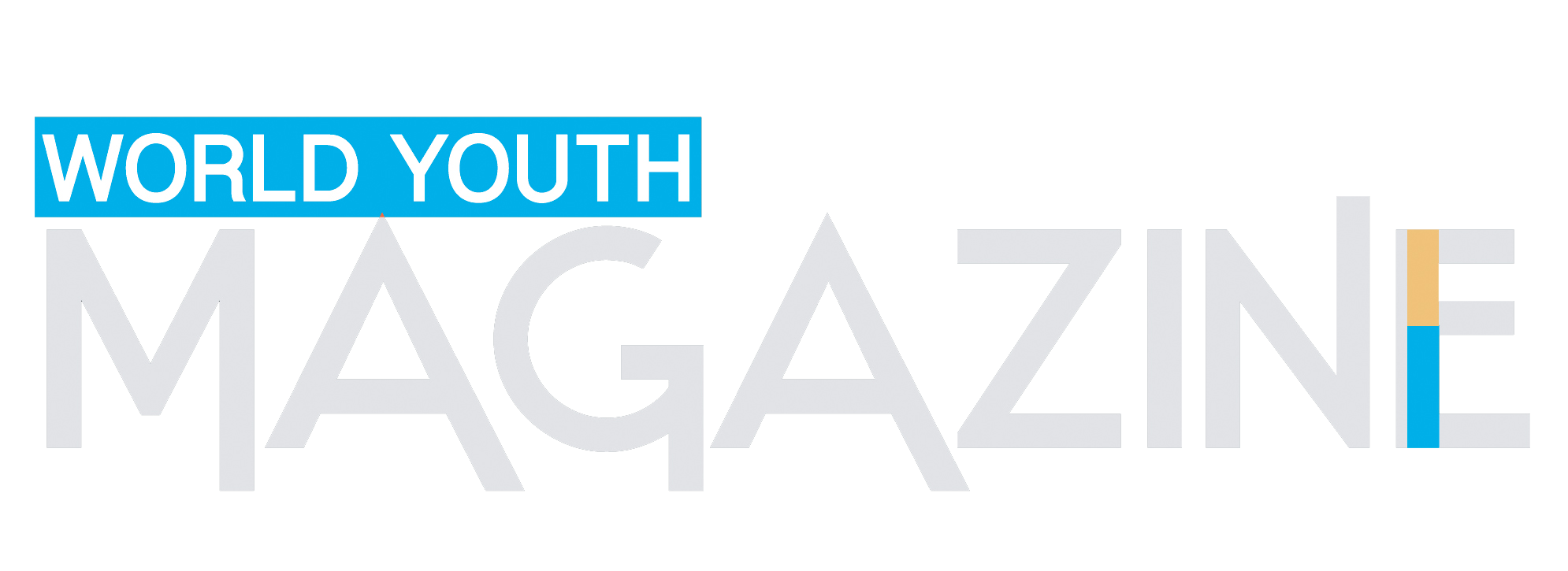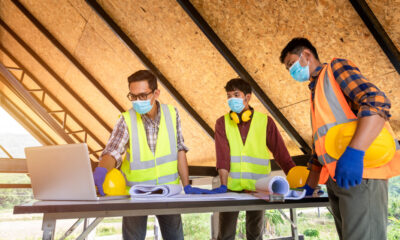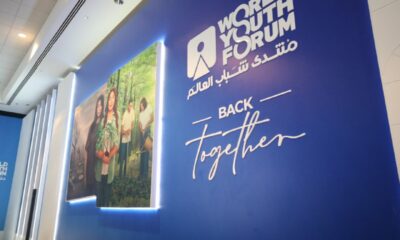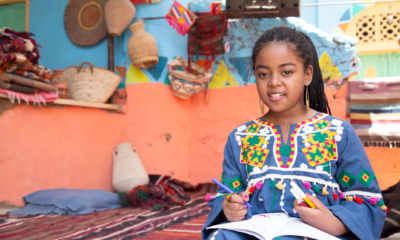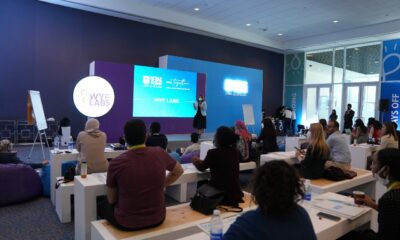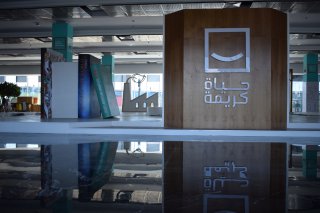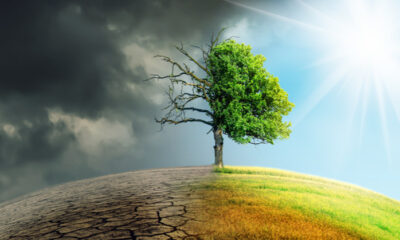Inspire
10 Best Practices in Development around the World

By Jailan Dahab
In order to ameliorate the socioeconomic conditions, improve the living conditions of poor, marginalized people around the world, and eradicate extreme poverty, the United Nations had beforehand adopted the Millennium Development Goals (MDGs), and in 2015, it adopted the Sustainable Development Goals (SDGs).
Amid the ever-increasing global poverty rates, international nongovernmental organizations (IOs) and the United Nations are working hand in hand by implementing numerous community development projects all over the world, with a greater focus on the African countries where a considerable number of people are suffering from multidimensional poverty. Below are the best practices you should know about:
1- Equipping and Establishing a Healthcare Center, Romania (2018–2020):
This project is a typical example of a multi-stakeholders’ engagement given that the townhall of Biertan commune in Romania and The Homecare Association alongside with the members of the community collaborated together in order to save the vulnerable, aging people living in poor conditions and lacking access to hygiene and self-care services from isolation and social exclusion and to promote healthcare literacy among the population. A multifunctional and fully equipped medical center was founded to provide basic healthcare services for 40 elderly persons with disabilities and to provide home-based care services for another 65 persons. This project reduced inequalities, ensuring access to clean water and sanitation, as well as promoting good health and wellbeing.
2- Saemaul Undong Model Village Project, Cote D’Ivoire, Ethiopia, and Democratic Republic of Congo:
The Saemaul Undong Model Village project or the New Community Movement in Korean was initially implemented as a joint project between the Korean Africa Economic Cooperation Trust Fund (KOAFEC) and the African Development Bank and the Government of Cote D’Ivoire. It has raised the standard of living in two villages where the local inhabitants are able to generate income and have access to markets, as well as sending their children to schools. This model, which was designed to share the experience of Korea in rural agricultural and economic development and to ensure equitable distribution of both income and agriculture production, has been replicated in Ethiopia and the Democratic Republic of Congo. The project was successful given that it supplied electricity to 300 households through solar power plants and provided microfinance for farmers in Ethiopia through the establishment of a microfinance institution. It also benefited 1075 beneficiaries who are now able to generate income in Congo.
3- Desert to Power Program, Burkina Faso:
The Desert to Power Program is an ambitious project that commenced in 2017, with the aim of building 10 GW solar plants to light up the Sahel region by 2025. Under this project, the Yeleen Rural Electrification Project is to install solar grids in Burkina Faso, which is drastically impacted by declining rainfalls, floods, droughts, and high temperatures, targeting 150,000 households and reducing carbon emissions. The key outcomes of this project include promoting local entrepreneurship, creating 200–700 permanent jobs, and promoting women’s inclusion through the provision of training on women-led businesses.
4- Sanitation and Clean Water, Somalia:
In the year of 2017, the African Development Bank, in collaboration with the International Organization for Migration (IOM) and the Somali government, commenced a project aimed at ensuring the Somali people’s access to clean water and sanitation services in rural areas and building a climate resilient community capable of withstanding future climate shocks. This project was conceptualized following a group of UN reports suggesting 6.2 million Somalis were in need of humanitarian assistance because of drought, conflict, massive waves of internal displacement, and diseases. This project has improved the quality of life in rural communities due to the significant improvement in sanitation services and the availability of clean water for all. It has also ended communal conflicts.
5- SELF, Tanzania:
The overall objective of the Small Entrepreneurs Loan Facility (SELF) was the alleviation of poverty in Tanzania by providing loans to the members of rural communities. In June 2015, the project, which was funded by the African Development Bank, covered 101 districts. It further provided capacity-building programs for 16,720 and loans for 105,788 persons through 423 microfinancing institutions, of which 250 were located in rural areas. In addition, 227,600 full-time jobs and 408,096 seasonal jobs were created. The Small Entrepreneurs Loan Facility Microfinance Fund was eventually established to ensure the sustainability of the SELF project.
6- Community-Based Animal Health Workers, South Sudan:
In partnership with the Food and Agriculture Organization of the United Nations (FAO), the Community-Based Animal Health Workers, or CAHWs, is implemented in the war-torn South Sudan, where over 50% of its population depends on livestock and some of its population lacks access to veterinarians. The purpose of this four-year project is to ensure the access of those living in remote areas to food through the provision of quality veterinarian services for their livestock on which they depend heavily for survival and increasing awareness of zoonotic diseases. So, Veterinaires Sans Frontieres trained community-based health workers on good husbandry practices and educated them how to carry out a limited range of tasks efficiently. As a consequence, the project has reduced zoonotic disease outbreaks and animal mortality, increased milk production, sustained income for farmers, and ensured food security. It contributed to the achievement of goals 1, 2, and 3 of the SDGs.
7- PAGE:
The Partnership for Action on Green Economy (PAGE), which was launched in 2013 as a joint project between the UNEP, ILO, UNDP, UNITAR, and UNIDO, aims to eradicate poverty in 20 partner countries through jobs creation, sustainable livelihoods, environmental stewardship, social equity, and sustainable growth, as well as advancing green economy transitions by 2030. It provides technical assistance to national governments and policymakers through economic modeling and assessment in order to put inclusive, green economy at the heart of policymaking. To date, PAGE has advanced green economy transitions by developing 79 national plans and policies and has partnered and collaborated with 221 national institutions. Capitalizing on the success of the first phase of the project, it will deepen its partnerships with the 20 partner countries and will scale up and replicate its interventions in new countries between 2021 and 2030. So, this project addresses malnourishment and unemployment and reduces crimes, thereby ending poverty, ensuring access to clean water, and promoting responsible consumption and climate action.
8- ATVET Women, Africa (2018–Ongoing):
The Comprehensive Africa Agricultural Program Agricultural Technical and Vocational Education and Training (CAADP ATVET) was launched in 2017 by the NEPAD Agency, with the support of the GIZ CAADP, in order to increase agricultural productivity through the promotion of agricultural technical vocational education and training and skill formation. It helps facilitate communication and knowledge-sharing between ATVET experts and members via an online platform and provides assistance and solutions through capacity-building and best practices dissemination. Building on the successful experience of ATVET in 6 countries, ATVET Women was launched, with the aim of ensuring women’s access to the market through the delivery of agricultural technical training for women and the adoption of a gender-transformative approach. This contributes to the achievement of goals 1, 5, 8, and 10 of the SDGs.
9- Intergenerational Self-Help Clubs (ISHC), Vietnam (2006–Ongoing):
This project was started in 2006 in Vietnam with the support of the Help Age Global Network and other organizations. The chief purpose of this project is facilitating the establishment of intergenerational Self-Help Clubs in order to promote the inclusion of vulnerable groups in local development and ensure their access to services, as well as helping them to generate income, so that no one is left behind. It is a multi-faceted and multi-dimensional project since it provides a wide range of interventions and services for the most vulnerable and disadvantaged people in the target communities, including women, people with disabilities, the poor, and minorities. It promotes financial independence and provides training in arrays of social issues, on a monthly basis. To date, ISHCs have been formed in 60 provinces across Vietnam, benefiting at least 60,000 households by increasing their average income and by providing quality healthcare services for 1,500,000 persons, on a yearly basis. In order to ensure sustainability and maximize the outcomes, 88.5% of ISHCs organized biannual meetings to suggest policies and appropriate measures to promote their wellbeing, with the participation of local community members. This helps achieve the UN SDGs 1, 2, 3, 4, 5, 8,10, 11, and 13.
10- Haya Karima (Decent Life), Egypt (2019–Ongoing):
The “Haya Karima” initiative, which was launched by President Abdel Fattah El-Sisi in 2019, aims to improve and ameliorate the quality of life and raise the standard of living in Egypt’s rural communities, as well as providing a decent life for all. This three-year project adopts a holistic approach to address multidimensional poverty in Egypt by improving the socioeconomic conditions, providing quality social basic services, improving poor infrastructure, and creating a pool of skilled human capital, alongside income generation activities. Its interventions include housing, infrastructure development, SMEs, early childhood development, literacy promotion, awareness-raising, prosthetic devices provision, subsidized food, and so on. To this end, the concept of public-private partnership (PPP/3Ps) has been promoted with the participation of government’s institutions, the business sector, and civil society. This project helps achieve the majority of the UN SDGs, such as zero hunger, reduced inequalities, decent work and economic growth, gender equality, clean water and sanitation, quality education, good health and wellbeing, and no poverty.
To sum up, best practices in development always have a snowball effect since they can be replicated and scaled up everywhere.
